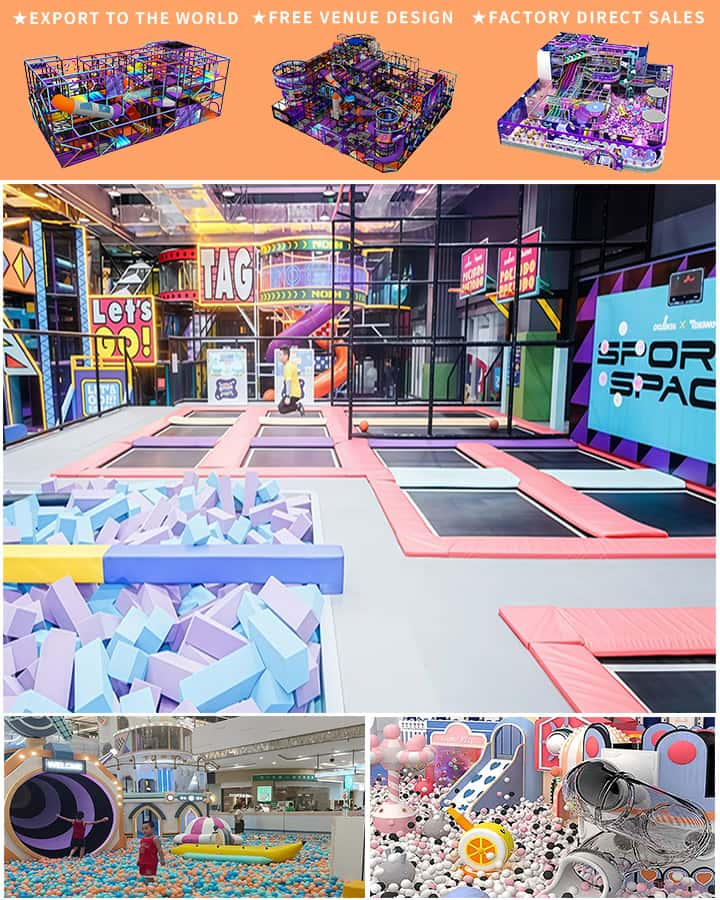Playground equipment, a staple in parks and schools worldwide, is crafted from a variety of materials designed to balance safety, durability, and fun. Understanding what these playground structures are made of offers insight into their longevity, maintenance needs, and suitability for various environments.
Common Materials Used in Playground Equipment
Plastics
Plastics are among the most commonly used materials in modern playground equipment due to their versatility and color retention. High-density polyethylene (HDPE) and polypropylene (PP) are popular choices because of their durability, resistance to weather conditions, and non-toxic properties. Plastic slides, swings, and play structures can be molded into almost any shape and color, making them visually appealing and functional.
Metals
Metal playground equipment, such as steel and aluminum, is known for its strength and durability. Steel is often used in the construction of more robust playground structures like climbing frames and large play systems, providing stability and the capacity to support significant weight. Aluminum is lighter than steel but still strong, making it ideal for portable or modular play equipment. Galvanized coatings are frequently applied to metal surfaces to prevent rust and extend the lifespan of the equipment.

Wood
Wooden playground equipment offers a natural and aesthetically pleasing option. Pressure-treated wood is commonly used to resist decay and insects, ensuring longevity in outdoor settings. Cedar and redwood, with their inherent resistance to rot and pests, are preferred choices for wooden play structures. However, wood requires regular maintenance, including staining or sealing, to keep it in good condition.
Composites
Composite materials combine elements of plastic, fiberglass, and sometimes wood, offering a blend of durability and aesthetic appeal. These materials are increasingly popular for their low maintenance requirements and ability to mimic the appearance of natural wood without susceptibility to rot or insect damage. Fiberglass-reinforced plastic (FRP), in particular, is used in slides and other structural components due to its high strength-to-weight ratio.
Environmental Considerations
The choice of materials also plays a crucial role in the environmental impact of playground equipment. Recycled plastics and eco-friendly composites reduce waste and lessen the carbon footprint associated with production. Additionally, many manufacturers adhere to sustainable practices by using responsibly sourced wood and non-toxic materials to ensure that playgrounds are safe not only for children but also for the environment.
Maintenance and Longevity
Maintenance requirements vary depending on the material:
- Plastics: Generally require minimal maintenance but should be inspected for cracks or fading.
- Metals: Regular checks for rust and repainting if necessary will prolong their life.
- Wood: Needs periodic inspection for signs of rot or insect damage and regular application of sealant or stain.
- Composites: Low maintenance but should be cleaned regularly to prevent buildup of dirt and grime.
Conclusion
The materials used in playground equipment are selected based on a combination of factors including safety, durability, cost, and environmental impact. Whether opting for the colorful versatility of plastics, the robustness of metals, the natural appeal of wood, or the innovative qualities of composites, understanding these materials helps in making informed decisions about the best playground equipment for any setting. Proper maintenance ensures that these structures remain safe and enjoyable for children, contributing positively to their development and well-being.




